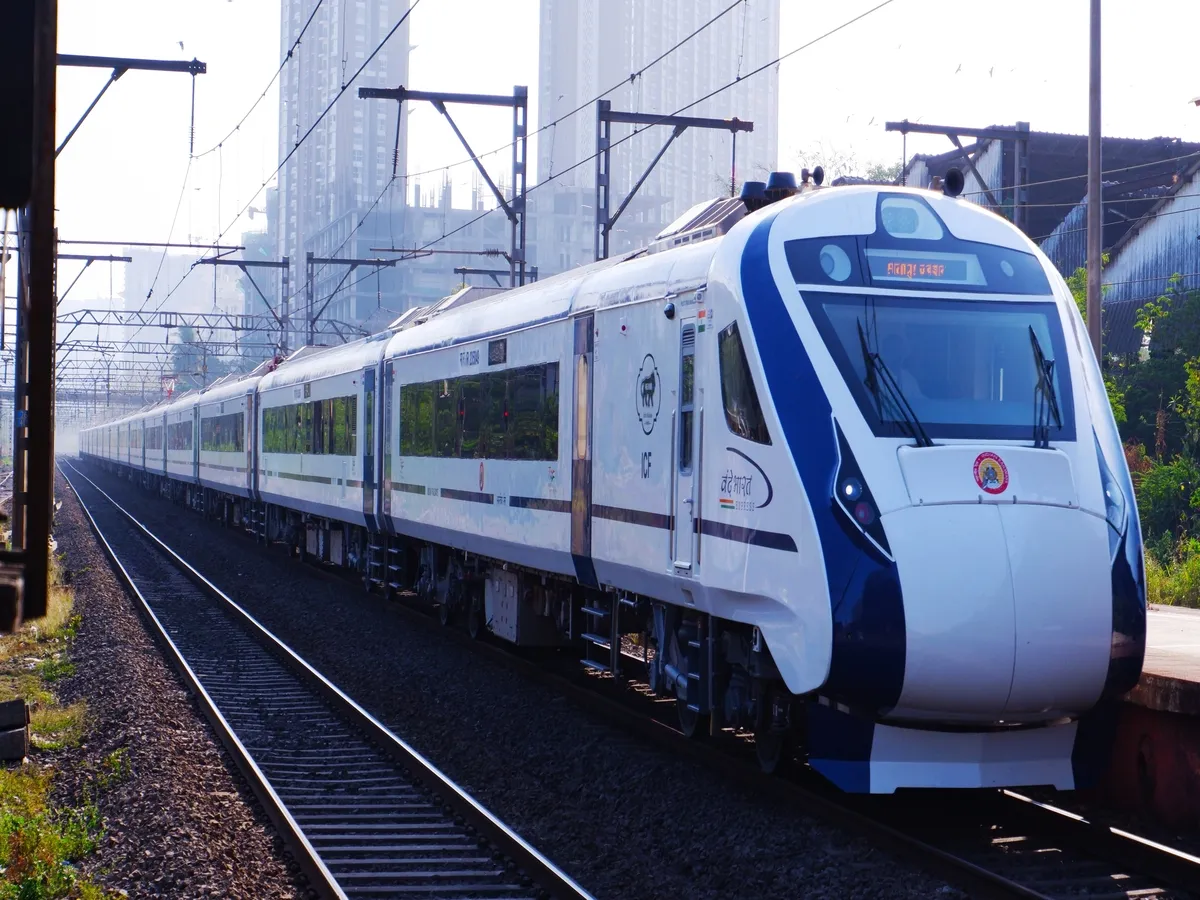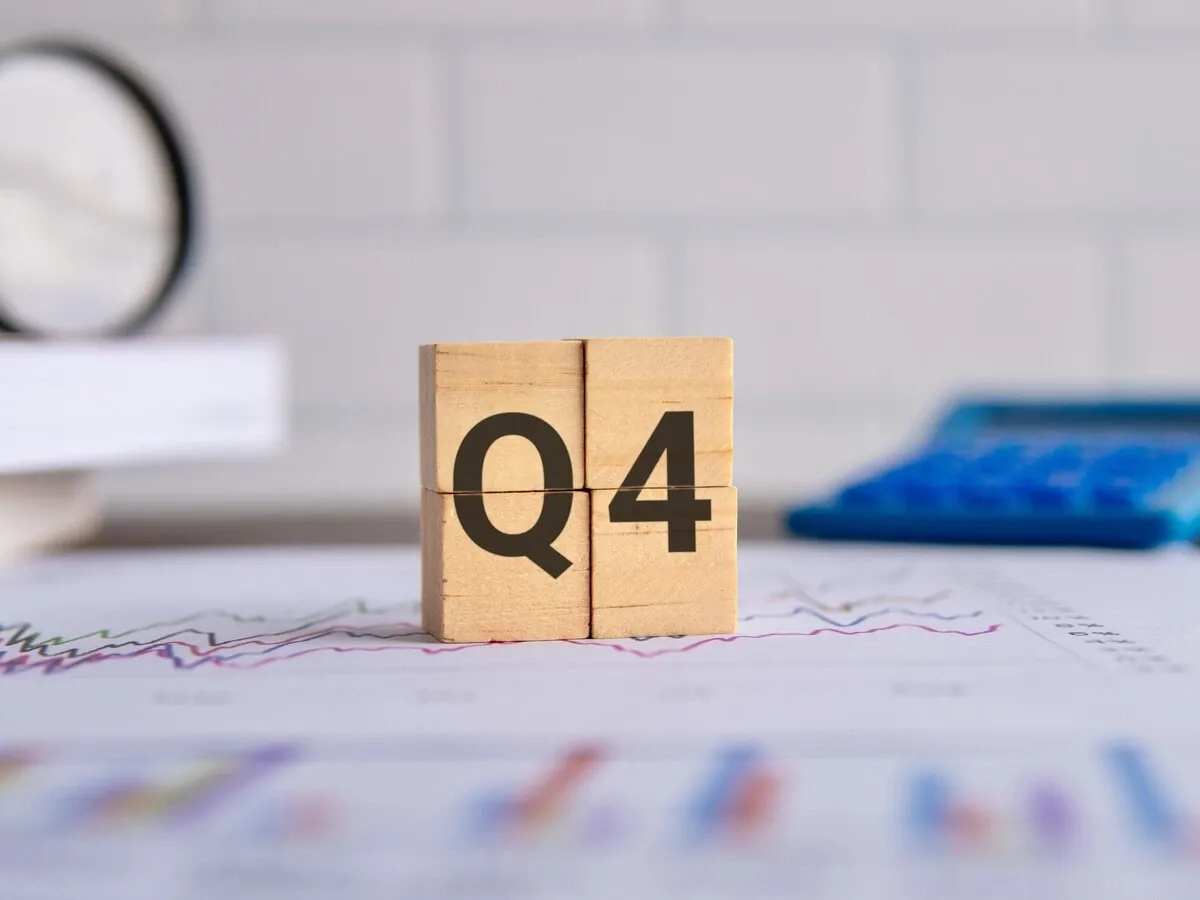Market News
Budget 2025: A look at Railway Ministry capex utilisation amid expectations of higher allocation
.png)
3 min read | Updated on January 31, 2025, 09:01 IST
SUMMARY
The government in the last Budget increased the budgetary support for the capital expenditure for Indian Railways by 5% to ₹2.52 lakh crore from ₹2.4 lakh crore in the previous financial year. Total capital expenditure was projected at ₹2.65 lakh crore, of which 95% was proposed to be met through budgetary support.

Budget 2025: A look at Railway Ministry capex utilisation amid expectations of higher allocation | Image source: Shutterstock
The Union Budget for FY 2025-26 is likely to focus on modernisation of railway infrastructure, expansion of tracks, rollout of modern trains and dedicated freight corridors.
As Finance Minister Nirmala Sitharaman is set to present the Union Budget 2025 on February 1, the railway sector is likely to see major announcements with focus on infrastructure boost and launch of new trains. The capital expenditure allocation for Indian Railways is expected to increase by 15-20% amid focus on enhancing passenger safety and offering more amenities, according to reports.
Experts predict the total budgetary outlay for the Railway Ministry is likely to increase to ₹3 lakh crore for FY26 out of ₹2.65 lakh crore allocated for FY25.
Indian Railways capex for FY 2024-25
The government in the last Budget increased the budgetary support for the capital expenditure for Indian Railways by 5% to ₹2.52 lakh crore from ₹2.4 lakh crore in the previous financial year. Total capital expenditure was projected at ₹2.65 lakh crore, of which 95% was proposed to be met through budgetary support, 4% from extra-budgetary resources and 1% internal accruals.
Among major capex plans, ₹34,602 crore were allocated to new lines, ₹29,312 crore for doubling of lanes, and ₹50,903 crore for rolling stock and ₹17,652 crore for track renewals. A sum of ₹10,000 crore was earmarked for Rashtirya Rail Sanraksha Kosh and ₹45,000 crore for Railway Safety Fund.
Additional funds were allocated to promote industrial development and infrastructure to support industrial clusters at strategic locations. The Budget also announced a new approach to infra development under the PM GatiShakti mission.
Let’s take a look at how the Railway Ministry has utilised the funds allocated in the previous Budget.
Indian Railways utilises around 90% of capex allocation for FY25
Indian Railways has utilised nearly 76% of the total budgetary outlay in the first nine-months of the current fiscal, a PIB release dated January 8 said citing latest expenditure report.
According to a latest expenditure report of Indian Railways till January 5, 2025, heavy investments have been made in capacity augmentation, aiming to make rail travel a world class experience in India, the PIB release said.
The capex target was expected to be met before the end of the fiscal as more than ₹2 lakh crore have already been spent by the Railway Board.
According to the ministry 136 Vande Bharat trains have been launched, and about 97% electrification of broad gauge has been achieved. Additionally, laying of new lines, gauge conversion, doubling of track, traffic facilities work, investment in PSUs and metropolitan transport have also met through the capex.
The capex expenditure by the Indian Railways has mostly remained focused on capacity enhancement, boosting safety measures, infrastructure modernisation and passenger amenities.
| Major Capex heads | Budgetary Allocation | Amount Spent* | Utilisation Ratio |
|---|---|---|---|
| Rolling stock | ₹50,903 cr | ₹40, 367 cr | 79% |
| Safety related works | ₹34,412 cr | ₹28,281 cr | 82% |
| Capacity augmentation | ₹1,20,794 cr | ₹82,100 | 68% |
| Customer amenities | ₹15,315 cr | ₹8,376 cr | 55% |
About The Author
Next Story


